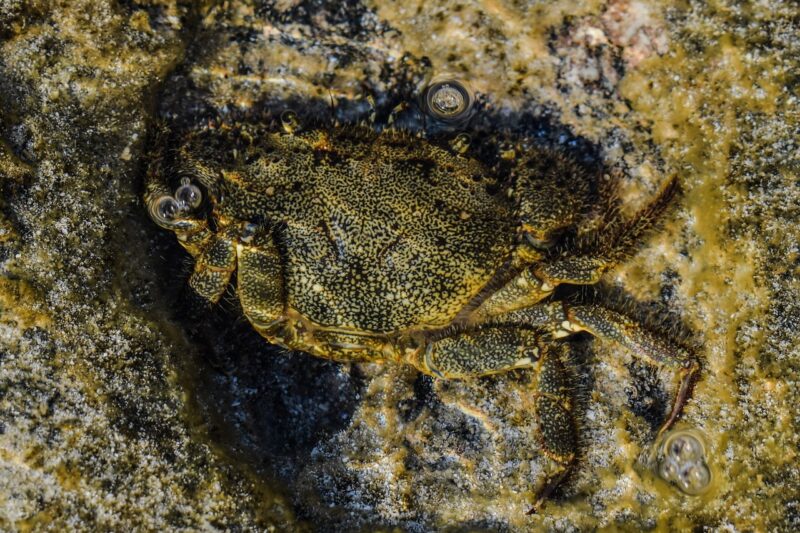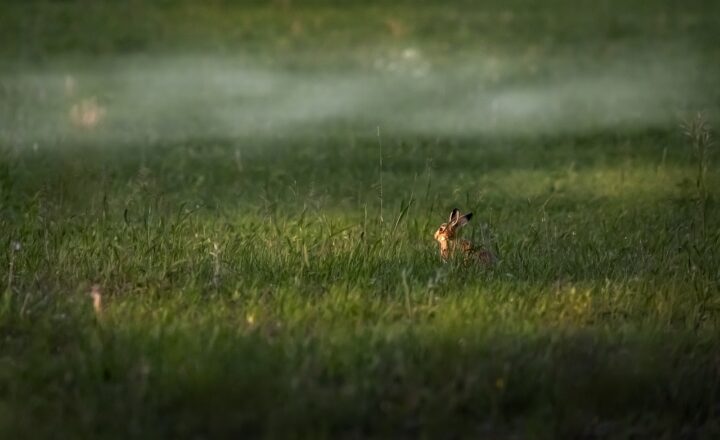Mind-Bending Wildlife Facts: Nature’s Strange yet Wonderful Side
November 18, 2024

The natural world is a treasure trove of astonishing facts and remarkable phenomena that often defy our understanding of life. From peculiar adaptations to bizarre behavioral quirks, nature showcases an extraordinary spectrum of wildlife that both amazes and confounds. In this article, we’ll delve deep into the fascinating realm of wildlife, presenting mind-bending facts that highlight nature’s strange yet wonderful side.
1. The Immortal Jellyfish: Nature’s Unstoppable Survivor
One of the most remarkable creatures on our planet is the Turritopsis dohrnii, commonly known as the immortal jellyfish. This extraordinary organism has the unique ability to revert to its earlier life stage after reaching maturity. When subjected to stress, injury, or aging, it can undergo a transformation that allows it to revert to its polyp stage—essentially starting its life cycle anew.
This incredible process not only allows this jellyfish to escape death, but it also raises questions about the biological mechanisms that could provide insights into human aging and longevity. As such, the immortal jellyfish stands as a living testament to nature’s ingenuity.
2. The Mantis Shrimp: A True Warrior of the Sea
When it comes to combat, few creatures can rival the mantis shrimp. Known for its vibrant colors and powerful claws, this crustacean packs a punch—literally. The mantis shrimp can strike its prey with a force comparable to a bullet fired from a handgun, reaching speeds of 50 mph in less than a millisecond.
Additionally, these amazing creatures possess 16 color receptors in their eyes compared to the three that humans have. This allows them to perceive a spectrum of colors unimaginable to us, including ultraviolet light. With their exceptional power and perception, mantis shrimps truly encompass the phrase ‘small but mighty.’
3. Axolotl: The ‘Mexican Walking Fish’
The axolotl, often dubbed the ‘Mexican walking fish,’ is a unique amphibian that never fully undergoes metamorphosis—a process typical of most amphibians. Instead of transforming into an adult salamander, axolotls retain their larval features throughout their entire life, including their gills, which protrude from their heads.
What sets axolotls apart from other animals is their remarkable regenerative abilities. They can regrow entire limbs, spinal cords, and even parts of their brain, making them the subject of extensive scientific research on regeneration and healing. The axolotl is a living marvel that demonstrates nature’s capabilities of adaptation and resilience.
4. The Pistol Shrimp: The Ocean’s Sonic Weapon
Another intriguing marine creature is the pistol shrimp. This tiny crustacean possesses a claw that can snap shut at such velocity that it generates a cavitation bubble, creating a sound louder than a gunshot—up to 218 decibels! The collapse of this bubble produces a shockwave capable of stunning or killing nearby prey.
In addition to its impressive sonic capabilities, the pistol shrimp has a unique symbiotic relationship with goby fish; they share a burrow, with the shrimp digging and maintaining the home while the goby acts as a lookout for potential threats. This cooperation showcases the wonders of mutualism in nature.
5. The Mimic Octopus: Nature’s Ultimate Impersonator
The mimic octopus is a master of disguise and deception, capable of imitating the appearance and behavior of various marine animals to evade predators. It can mimic the deadly lionfish, flatfish, and even sea snakes by altering its coloration and body shape in a matter of seconds. This remarkable ability allows the mimic octopus to effectively deter threats without engaging in combat.
Such behavioral sophistication underscores the intelligence of this cephalopod, offering insights into the evolutionary strategies that have enabled it to thrive in diverse environments. The mimic octopus exemplifies nature’s talent for adaptation.
6. The Naked Mole Rat: A Homebody of the Animal Kingdom
Few animals are as peculiar as the naked mole rat. Found primarily in East Africa, this burrowing rodent is nearly hairless with wrinkly skin and a social structure akin to that of bees, with a queen, workers, and soldiers. Naked mole rats are incredibly resilient to cancer, can survive in low-oxygen environments, and exhibit negligible senescence—they show little to no signs of aging.
Their unique adaptations to their underground habitat and social structure have made them a subject of intense research in both biology and medicine, positioning them as exemplars of nature’s curious evolutionary experiments.
7. Tardigrades: The Resilient Micro-Machines
Tardigrades, also known as water bears, are tiny, water-dwelling organisms renowned for their resilience. These microscopic creatures can survive extreme conditions that would be lethal to most forms of life, including extreme temperatures, high radiation, and even the vacuum of outer space. They enter a cryptobiotic state, effectively suspending their biological functions until conditions improve.
This remarkable ability to endure the harshest environments showcases the potential for life to adapt and persevere, leading scientists to study tardigrades for insights into the resilience of life.
8. The Immortal Trees: Ancient Life on Earth
Many might think that humans are the oldest living organisms on Earth, but they would be wrong. Great Basin bristlecone pines and other ancient trees can live for thousands of years, with some of the oldest known individuals estimated to be over 5,000 years old. These trees demonstrate resilience and adaptability to harsh climates, thriving in rocky, cold environments where few organisms can survive.
Moreover, their slow growth and incredible longevity allow them to endure changing environmental conditions over millennia, acting as living records of Earth’s climatic history. This showcases the wonder of life, as these trees continue to thrive despite the passage of time.
Conclusion: Celebrating Nature’s Wonders
As we’ve explored the strange yet wonderful aspects of wildlife, it’s clear that nature never ceases to amaze us with its diversity and complexity. From the immortal jellyfish to the camouflaging mimic octopus, each of these creatures serves as a testament to the ingenuity of evolution and the beauty of ecological adaptation. Nature continues to surprise us, urging us to respect and protect the magnificent world we share with these extraordinary beings. By fostering a deeper appreciation for wildlife, we can ensure that future generations can marvel at the wonders of our planet, sustaining the interconnected web of life that thrives within it.
Whether you are an avid naturalist or simply an admirer of the curious, these mind-bending wildlife facts remind us how little we may know about the intricate mysteries of existence. Let’s cherish and celebrate the beauty that nature has to offer.








